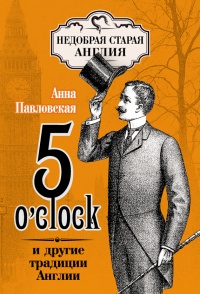Книга Недобрая старая Англия - Екатерина Коути
Читать книгу Недобрая старая Англия - Екатерина Коути полностью.
Шрифт:
-
+
Интервал:
-
+
Закладка:
Сделать
Перейти на страницу:
Перейти на страницу:
Книги схожие с книгой «Недобрая старая Англия - Екатерина Коути» от автора - Екатерина Коути:
Комментарии и отзывы (0) к книге "Недобрая старая Англия - Екатерина Коути"












